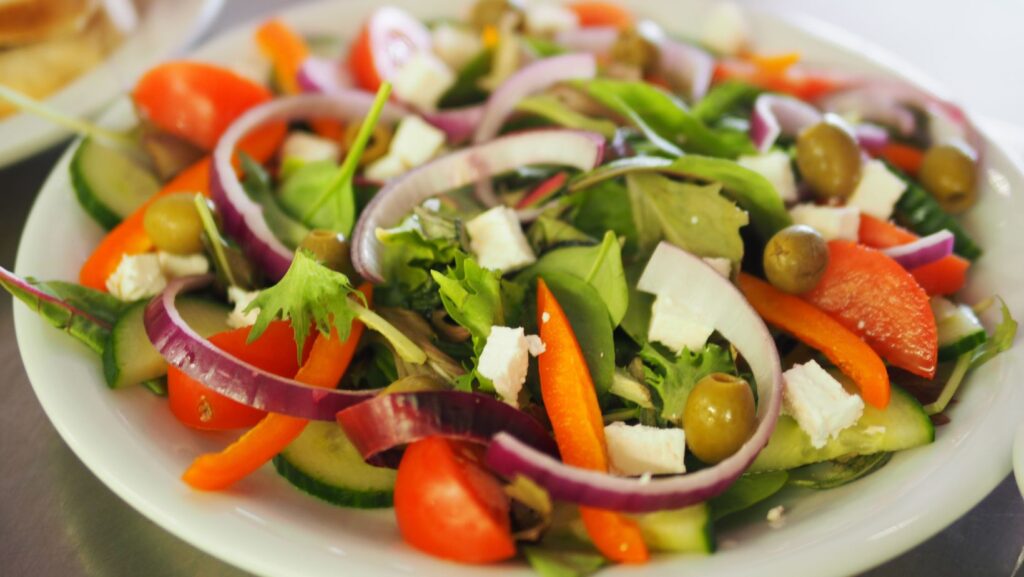When it comes to dining out, making healthy choices can sometimes feel like a challenge. For those who enjoy Italian cuisine, Olive Garden is a popular choice known for its cozy ambiance and delicious dishes. However, many may wonder about the nutritional value of their favorite meals. Understanding Olive Garden’s nutrition information can help diners make informed decisions about what to order without compromising on taste.
Exploring the nutritional aspects of Olive Garden’s menu can provide valuable insights into the calorie, fat, and sodium content of various dishes. By delving into the details of Olive Garden’s nutrition offerings, individuals can navigate the menu with confidence, ensuring that their meal choices align with their dietary preferences and health goals. Whether it’s indulging in a classic pasta dish or opting for a lighter salad option, being aware of the nutritional information can empower diners to enjoy their dining experience while prioritizing their well-being.
Olive Garden Nutrition
Exploring the Olive Garden nutrition information is essential for making informed choices when dining out. By understanding the calorie, fat, and sodium content of dishes on the menu, diners can align their selections with their health goals. Whether opting for a pasta dish or a lighter salad, being aware of the nutritional details empowers individuals to enjoy their meal while prioritizing their well-being. Olive Garden offers a variety of options that cater to different dietary preferences, allowing customers to indulge in flavorful Italian cuisine while maintaining a balanced diet.

Exploring Olive Garden Nutrition
Considering Olive Garden’s nutrition when dining out is essential for making informed and healthy choices. Understanding the calorie, fat, and sodium content of the dishes on the menu empowers individuals to select options that align with their dietary preferences and health goals.
Exploring Olive Garden’s nutritional information allows diners to indulge in flavorful Italian cuisine while still maintaining a balanced diet. Being aware of the nutritional content of various menu items enables individuals to make educated choices that support their well-being.
Prioritizing health goals while dining at Olive Garden involves seeking out dishes that strike a balance between taste and nutrition. By delving into Olive Garden’s nutrition details, diners can confidently navigate the menu to find meals that suit their dietary requirements.

Overview of Menu Options
At Olive Garden, understanding the olive garden nutrition information is crucial for making informed and healthy choices while dining out. By examining the calorie, fat, and sodium content of menu items, individuals can select dishes that align with their dietary preferences and health goals without sacrificing taste. This knowledge empowers diners to enjoy flavorful Italian cuisine while maintaining a balanced diet. Here are the key details regarding various menu options:
Appetizers
When considering Appetizers at Olive Garden, it’s important to note that these dishes can vary widely in their nutritional content. Some popular appetizers may be higher in calories, fat, and sodium due to ingredients like cheese, bacon, or deep-frying. Opting for lighter options such as bruschetta or seafood-based starters can be a healthier choice. Being mindful of portion sizes is also essential to control calorie intake.
Entrees
For Entrees, Olive Garden offers a wide selection of pasta, meat, and seafood dishes. When assessing the nutrition of these main courses, diners should pay attention to the type of preparation, sauces, and toppings used. Grilled or roasted options are often lower in calories and fat compared to fried dishes. Choosing entrees with lean proteins like chicken or fish, paired with vegetable sides, can create a balanced and nutritious meal.
Salads and Sides
Salads and sides can be a great way to add more vegetables and fiber to a meal at Olive Garden. However, some salads may be high in calories and fat, especially if they contain creamy dressings or excessive cheese and croutons. Opting for salads with vinaigrettes or oil-based dressings and asking for dressing on the side can help control the calorie content. When selecting side dishes, choosing options like steamed vegetables or a side salad can complement the main course without adding excess calories.
Understanding the nutritional aspects of Olive Garden menu options enables diners to make mindful choices that support their well-being without compromising taste. By focusing on balanced meals that incorporate a variety of food groups and paying attention to portion sizes, individuals can enjoy a delicious dining experience while staying mindful of their health goals.
